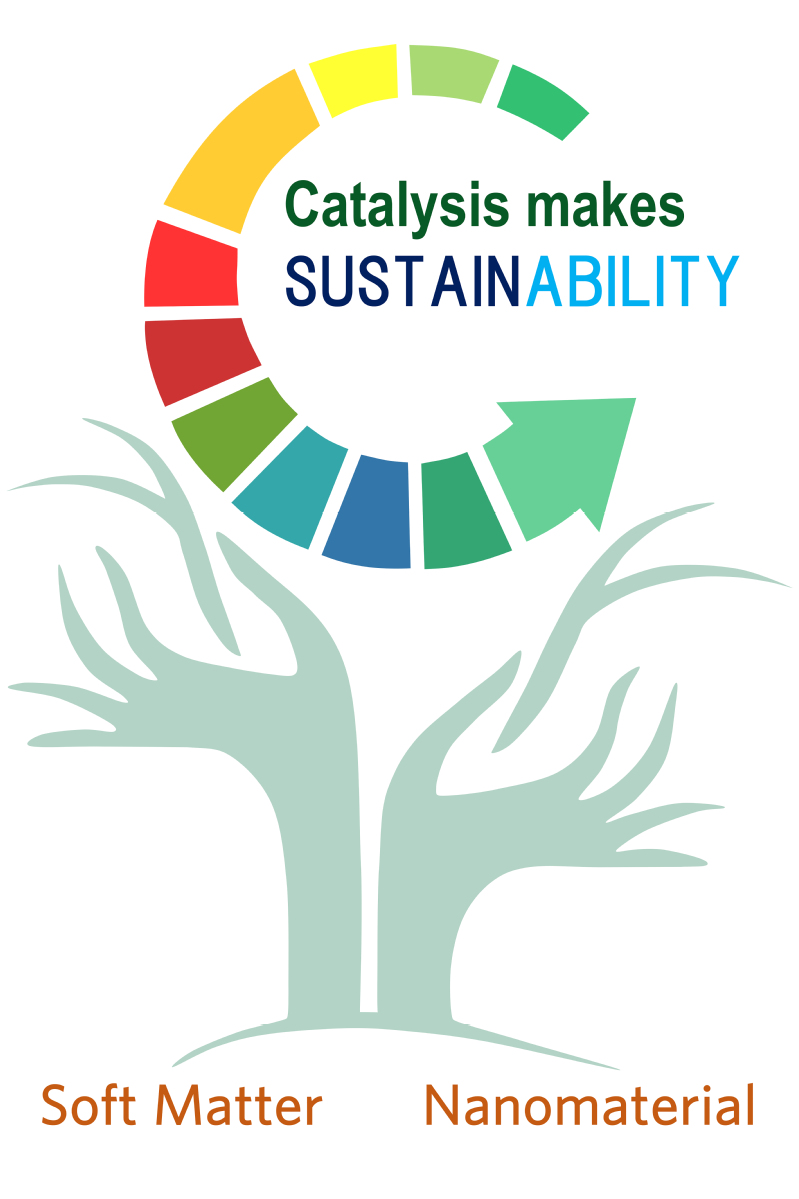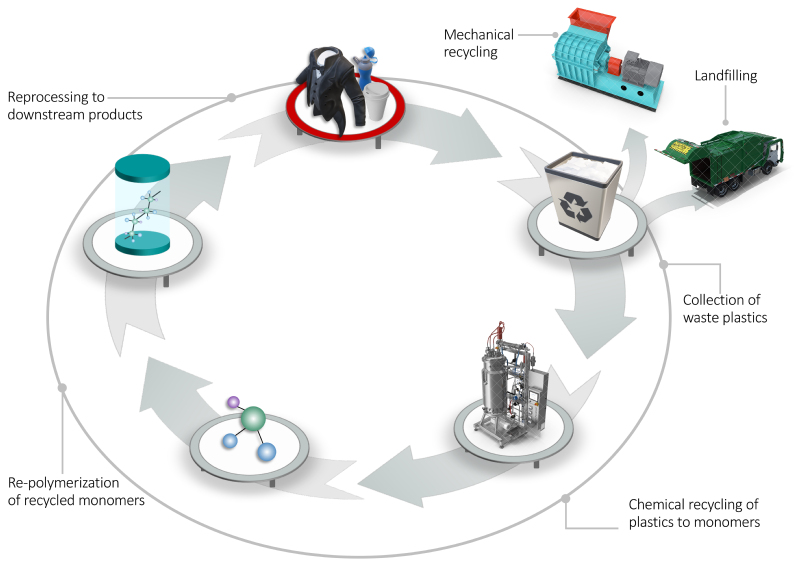RESEARCH OF SUSTAINABILITY
A definition of sustainability science has been formulated as “an emerging field of research dealing with interactions between natural and social systems, and with how those interactions affect the challenge of sustainability: meeting the needs of the present and future generations while substantially reducing poverty and conserving the planet's life support systems”

Our research focuses on the design and synthesis of various nanoscale catalsts to achieve sustainability. By using state-of-the-art characterization tools, we are trying to understand the formation mechanism and physiochemical properties of nanostructures, from which we can design and fabricate novel functional materials for various demanding applications. Specifically, our research topics include:
# Precise synthesis of nanostructures for solar energy harvesting;
# Chemical recycling of plastics through thermal-, photothermal-, photo-catalysis;
# Solar-driven water evaporation for sustainable water withdrawal.
*Chemical Recycling of Plastics *
Plastics help build our modern society. Despite these benefits, the use of plastics is causing imminent environmental disasters due to the long service life of plastics and the lack of effective end-of-life options. Currently, only 15% of waste plastics enter the recycling route, and landfills account for 65% of scrap options. Efficient recycling of waste plastics not only contributes to sustainable environmental development, but also has important economic benefits and reduces energy consumption.Plastic recycling can be divided into four levels. Primary recycling refers to the reprocessing of waste plastics into plastics for the same purpose. Secondary (mechanical) recycling is the use of recycled plastic for other products. The products obtained are usually of lower value, so the process is often referred to as down-cycling. It is worth noting that both of these recycling methods rely heavily on thermomechanical methods, which has the problem of contaminations-accumulation in downstream products. In addition, thermal processing causes the break of the molecular chain, thereby reducing the thermal and mechanical strength. Tertiary (chemical) recycling refers to the degradation of polymer molecules into corresponding monomer analogs, which can be used to make new plastics and/or raw materials for other materials. Another method of recycling waste plastics is incineration, which can recover part of the energy in plastics. But its carbon emissions are very large, and it does not allow the recycling of original components. The chemical recycling is sustainable and is expected to achieve upcycling.


*Nanostructures for Efficient Light-to-Heat Conversion*
Solar energy is clean, and the extensive use of solar energy is sustainable. At present, the energy conversion efficiency of solarthermal can be as high as 90%, which is much higher than that of photovoltaics and other technologies and holds great promise in many prospects. The core of light-to-heat conversion is the design and synthesis of light-absorbing materials. We mainly focus on plasmonic and carbon nanomaterials. Through structural design and optimization, we should synthesize solar absorbers with broadband and strong absorption and low emission.

A localized surface plasmon (LSPR) is the result of the confinement of a surface plasmon in a nanoparticle of size comparable to or smaller than the wavelength of light used to excite the plasmon. When a small spherical metallic nanoparticle is irradiated by light, the oscillating electric field causes the conduction electrons to oscillate coherently. When the electron cloud is displaced relative to its original position, a restoring force arises from Coulombic attraction between electrons and nuclei. This force causes the electron cloud to oscillate. The oscillation frequency is determined by the density of electrons, the effective electron mass, and the size and shape of the charge distribution. The LSPR has two important effects: electric fields near the particle's surface are greatly enhanced and the particle's optical absorption has a maximum at the plasmon resonant frequency. Surface plasmon resonance can also be tuned based on the shape of the nanoparticle. The plasmon frequency can be related to the metal dielectric constant. The enhancement falls off quickly with distance from the surface and, for noble metal nanoparticles, the resonance occurs at visible wavelengths. Localized surface plasmon resonance creates brilliant colors in metal colloidal solutions.
*Solar-driven Water Evaporation for Sustainable Water Withdrawal*
The Sustainable Development Goals (SDGs) are the most recent attempt by the international community to mobilise government, private and non-governmental actors at national, regional and local levels to improve the quality of life of billions of people in the developed and developing worlds. The goals are an ambitious, challenging and much-needed action plan for “people, planet and prosperity” until the year 2030. It is a fact that water resources globally are under pressure from economic development, population growth, urbanisation, and more recently, climate variability and change; however, it is also pollution to a large extent what is restricting the availability of water for all people for all uses in quantity and quality. It is difficult to find a solution because this depends on numerous technical and non-technical decisions that are taken without analysing their implications on water availability.
A primer of interfacial solar steam generation
| As more people lose access to water and demand for potable water exceeds the available supply, methods of desalinating seawater become of greater importance. Current methods of desalination are comprised mainly of generally expensive reverse osmosis technologies, which are inefficient and energy-consuming. Interfacial solar steam generation is an alternative method of clean water production that utilizes a photothermal material floating on water surface to boost evaporation. This technique increases solar energy utilization efficiency by heating only the top layer of the water, thus avoiding bulk heating and energy loss. |
Design of foam-based evaporators
| The recent advancements in interfacial evaporation of salty water using renewable solar energy provide one of the promising pathways to solve worldwide water scarcity. Pursuing a stable evaporation rate of water has been the central focus of this field, while salt deposition on the evaporator becomes a critical issue. We report our design of an efficient salt-rejecting Janus evaporator by taking advantage of the self-recovering surface hydrophobicity of PDMS against photochemical damages, which ensures a long-term surface salt rejection capability. With its upper layer partially covered with PDMS, the Janus evaporator exhibits stable evaporation of 90 days. |
